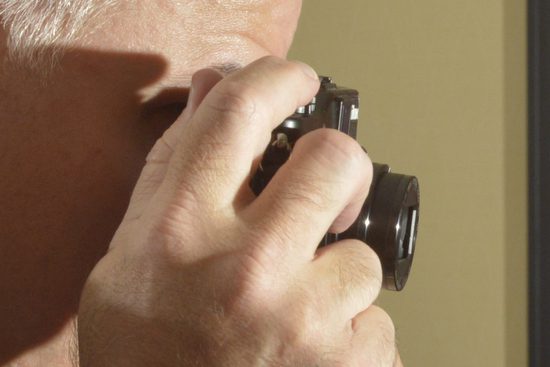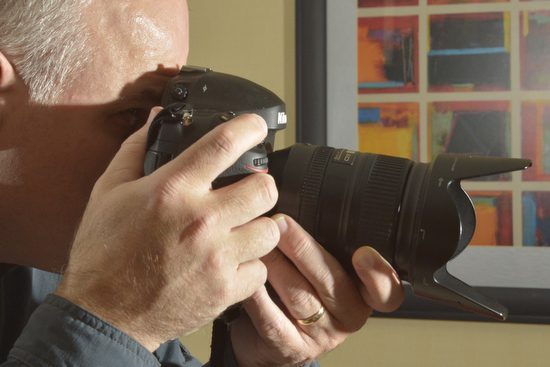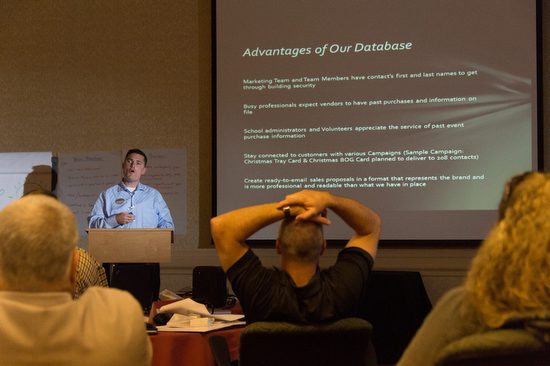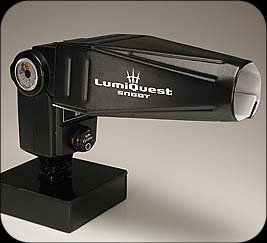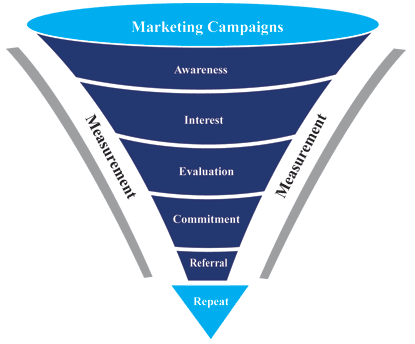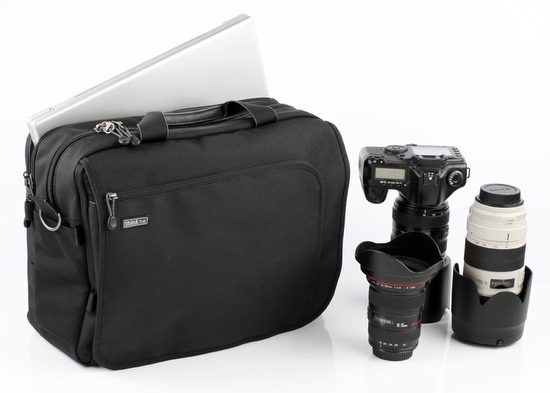 |
| Shoppers in Savannah, Georgia. |
Now we have heard of shopping tips and here are some just as a reminder:
1. Plan your spending and avoid impulse buys
2. Don’t grocery shop when you are hungry
3. Larger is not always cheaper and smaller isn’t always cheaper
4. Buying emotionally because you deserve something is dangerous
5. Buy things before you run out—this allows you to shop for sales cycles
These tips and more are given to help people control their spending and stay within their budget. When you are able to live being debt free you discover a peace about life that is missing when you are always just one paycheck from homelessness or bankruptcy.
When you help people make a wise investment, you are looking out for them as a customer. You need to know all the shopping tips for customers, so you don’t fall into making mistakes.
 |
| Ye Ole Fashion Ice Cream in Charleston, SC. People love to buy ice cream. |
1. Not knowing your product
2. Not knowing your competition
3. Selling without establishing the needs of the customer
4. Failing to qualify a lead
5. Neglecting to collect customer data
6. Going to market too soon with product
7. Tunnel vision on the BIG sale client
When you have bills to pay you can become the desperate sales person. This is why it is recommended that you have enough money in the bank to pay your bills for the next six months. This cushion can help keep you relaxed and better at closing the deal.
 |
| People love to eat out and find their favorite places like Kona Taeng On Thai located in Kailua-Kona, Hawaii. |
1. Face-to-face: More important than ever is the time you actually see a customer or prospect in person.
2. Find something in common. When you do find something in common this can help relax everyone.
3. Use YouTube or Vimeo. You can post short videos where you talk to people and give them some tips. This helps to give you visibility, credibility and worldwide exposure.
4. Blog. Create a blog and give a tip to help your customers. You need to do this regularly and a minimum of once a week is a good starting point.
5. Actively listen. Just listening to someone to help you find a quick way to sale your product is a mistake. I listen to what they see their long-term and short-term goals are for their business. If you are actively listening you will be asking clarifying questions that show your interest, but are helping you understand their problems. Their problems are opportunities if you have a way to solve them.
6. Become a partner. You should be helping them see you as someone who is part of their team to help them achieve their goals. When you are helping them achieve their goals you will be achieving your goals as well.
 |
| Shoppers taking a break in Savannah, Georgia. |

























